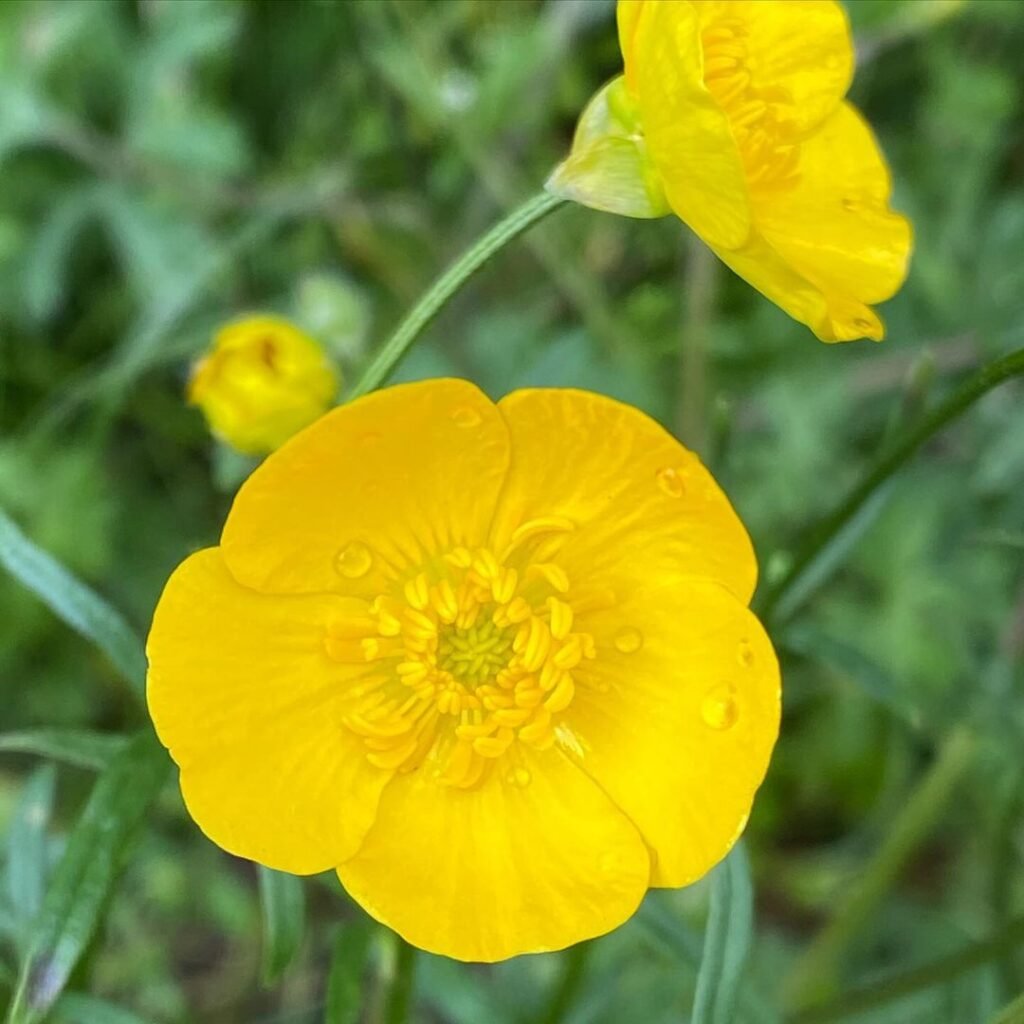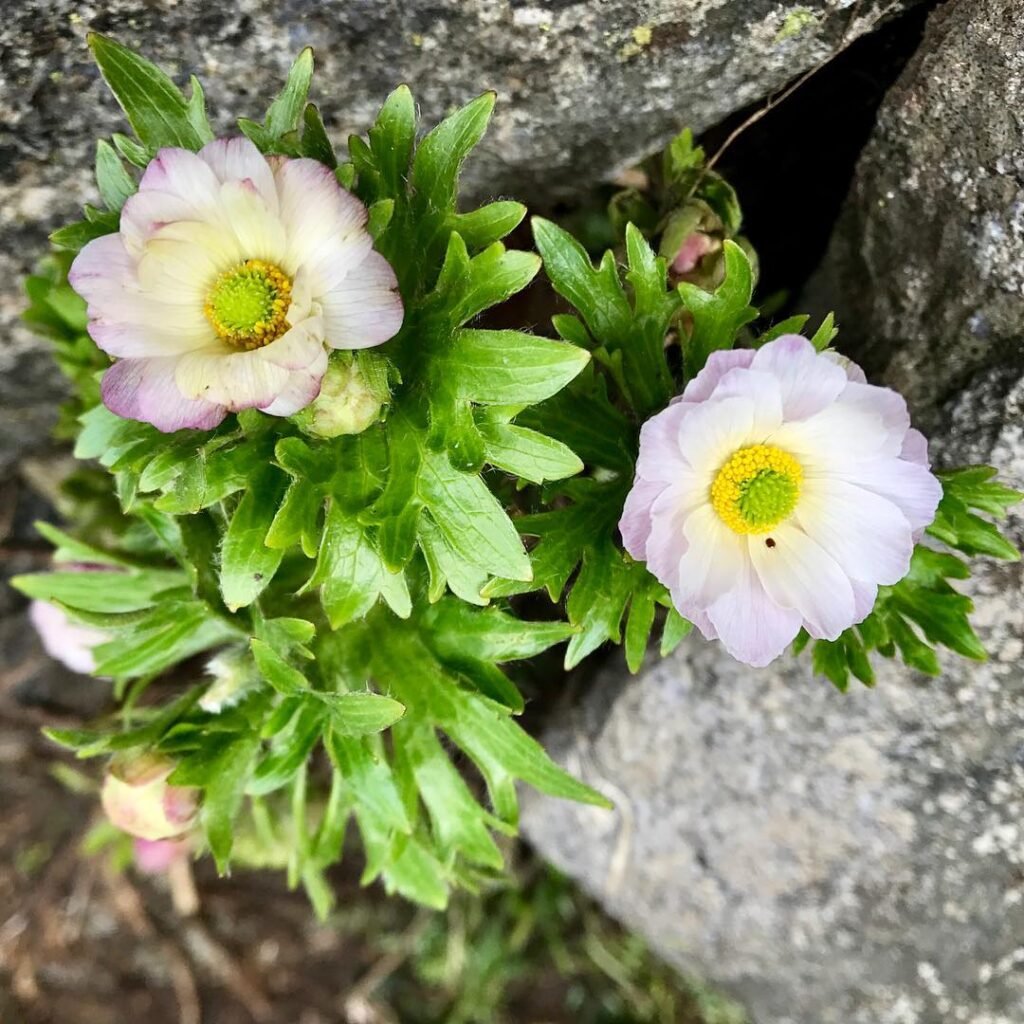Explore the charming and vibrant world of Buttercup flowers. Learn about their varieties, growing requirements, and how to incorporate these cheerful blooms into your garden or home decor. Discover the history and symbolism behind these delightful flowers.
Buttercup are a beloved and iconic flower, recognized for their bright, shiny petals and cheerful, cup-shaped blooms. These charming flowers have a long and storied history, with their bright and cheerful appearance making them a popular choice for gardeners, florists, and nature enthusiasts alike.
In this comprehensive guide, we’ll dive into the fascinating world of Buttercup flowers, exploring their different varieties, growth habits, and the best ways to incorporate them into your outdoor spaces and home. Whether you’re an experienced gardener or just starting to explore the joys of horticulture, this article will provide you with the knowledge and inspiration to cultivate and enjoy these delightful blooms.
The Captivating History of Buttercups

Buttercups, scientifically known as Ranunculus, have a rich and fascinating history that dates back centuries. These flowers are native to temperate regions around the world, with a particularly strong presence in Europe and North America.
The name “Buttercup” is believed to have originated from the flower’s bright, shiny appearance, which was thought to resemble the gleam of butter. In some cultures, Buttercups were also associated with wealth and prosperity, as their golden hue was reminiscent of gold.
Throughout history, Buttercups have been used in various ways, from their use in traditional medicine to their incorporation into folklore and mythology. In some regions, the flowers were even used to make natural dyes and ointments.
Today, Buttercups are still widely admired for their cheerful, sun-like appearance and their ability to bring a touch of joy and beauty to gardens, bouquets, and natural settings.
Buttercup Varieties and Characteristics

Buttercups come in a wide range of varieties, each with its own unique characteristics and charm. Here’s a closer look at some of the most popular Buttercup types:
| Variety | Description |
|---|---|
| Common Buttercup | The classic Buttercup, with its bright yellow, glossy petals and cup-shaped flowers, is perhaps the most well-known and widely-grown variety. These cheerful plants are perfect for adding a burst of color to gardens, meadows, and borders. |
| Persian Buttercup | Also known as the Ranunculus, Persian Buttercups are renowned for their large, luxurious, rose-like blooms that come in a variety of vibrant colors, including red, pink, yellow, and white. These flowers are a popular choice for cut flower arrangements and bouquets. |
| Spreading Buttercup | As the name suggests, Spreading Buttercups have a more aggressive growth habit, with the ability to spread and naturalize in certain environments. These plants are often used as ground covers or in informal, naturalistic plantings. |
| Dwarf Buttercup | For gardeners with limited space, dwarf Buttercup varieties offer the same charming appeal in a more compact package. These petite plants are perfect for growing in containers, window boxes, or small garden beds. |
| Creeping Buttercup | Creeping Buttercups are distinguished by their low-growing, mat-forming habit and their ability to thrive in moist, shady conditions. These versatile plants can be used as ground covers or as accent pieces in woodland gardens. |
Regardless of the specific variety, all Buttercups share a few key characteristics: they are relatively easy to grow, attract pollinators like bees and butterflies, and offer a cheerful, sun-like appearance that can brighten up any outdoor space.
Growing and Caring for Buttercup Flowers

Buttercups are generally easy to grow, making them a great choice for gardeners of all skill levels. Here are some tips to help you successfully cultivate these delightful flowers:
Planting: Buttercups can be grown from seed, tubers, or transplants, depending on the variety. Choose a location that receives full sun (at least 6 hours of direct sunlight per day) and has well-draining, nutrient-rich soil. Space the plants 12-18 inches apart to allow for proper air circulation and growth.
Watering: Buttercups prefer consistently moist, but not waterlogged, soil. Water the plants when the top inch of soil becomes dry, being careful not to overwater, as this can lead to root rot or other issues.
Fertilizing: To encourage lush, vibrant growth and abundant blooms, apply a balanced, slow-release fertilizer to your Buttercup plants in early spring. Avoid using high-nitrogen fertilizers, as these can lead to excessive foliage growth at the expense of flowers.
Deadheading: Regular deadheading, or the removal of spent flowers, can help prolong the blooming period of Buttercups. This process also encourages the plant to redirect its energy into producing more flowers rather than seed heads.
Overwintering: In mild climates, some Buttercup varieties can be overwintered as perennials. In colder regions, they may be grown as annuals, with new plants started from seed each spring.
By following these simple care guidelines, you can enjoy a vibrant and long-lasting display of Buttercup flowers in your garden.
Incorporating Buttercups into Your Landscape

Buttercups are incredibly versatile flowers that can be used in a variety of ways to enhance your outdoor spaces and home decor. Here are some ideas for incorporating these cheerful blooms into your garden or indoor settings:
Borders and Beds: Plant Buttercups in clusters along the edges of your garden beds or borders to create a lively, eye-catching display. Their bright, shiny petals and cup-shaped flowers make them an excellent choice for adding color and texture to your landscape.
Naturalized Plantings: Buttercups, especially the spreading and creeping varieties, can be used to create a lovely, informal meadow or naturalized area in your garden. Their ability to self-seed and spread makes them well-suited for these types of free-flowing plantings.
Cut Flowers: Buttercups, particularly the Persian Buttercup (Ranunculus), make excellent cut flowers, with their large, lush blooms and long, sturdy stems. Use them in bouquets, centerpieces, and other floral arrangements to bring a touch of sunny charm to your indoor spaces.
Container Gardening: Dwarf or compact Buttercup varieties are well-suited for growing in containers, window boxes, or hanging baskets. This makes them a great choice for gardeners with limited outdoor space or those looking to add a pop of color to their patio or balcony.
No matter how you choose to incorporate Buttercups into your landscape, these cheerful flowers are sure to bring a sense of joy, whimsy, and natural beauty to your outdoor spaces and home.
In Conclusion
Buttercups are truly a delightful and versatile addition to any garden or home. With their bright, shiny petals, cheerful cup-shaped blooms, and a rich history of symbolism and folklore, these flowers have the power to brighten up any outdoor space and lift the spirits of those who encounter them.
Whether you’re drawn to the classic common Buttercup, the luxurious Persian Buttercup, or the more compact and versatile dwarf varieties, these plants offer a wide range of options to suit your growing conditions and aesthetic preferences. By following the simple care guidelines outlined in this article, you can successfully cultivate and enjoy the beauty and charm of Buttercup flowers for years to come.
So why not add a touch of sunny delight to your garden or home decor with the captivating Buttercup? These charming blooms are sure to bring a smile to your face and a sense of joy and wonder to all who behold them.
Pingback: 15 Plants with Purple and Green Leaves -
Pingback: Growing and Enjoying Bosc Pears: A Guide to Perfection
Pingback: Fritillaria: Plant and Maintenance Tips for a Vibrant Garden